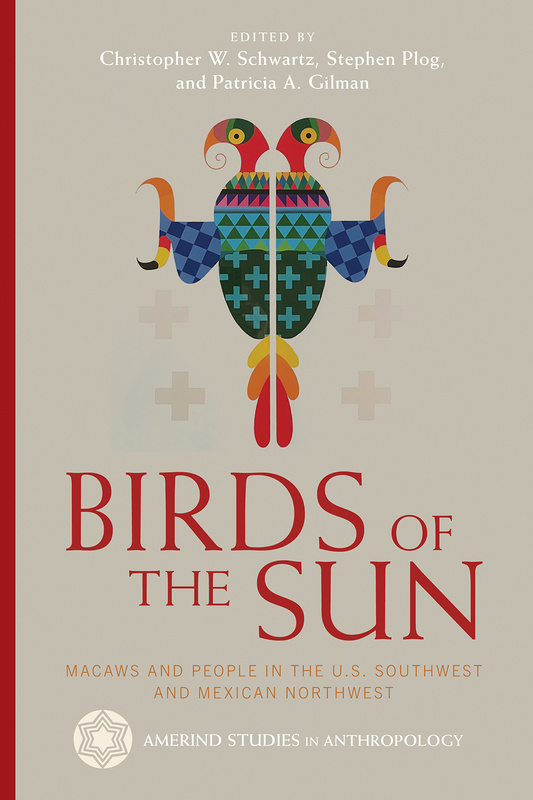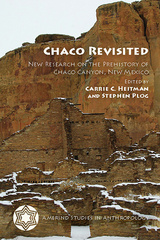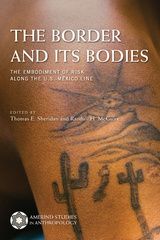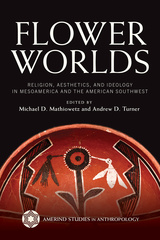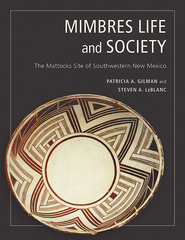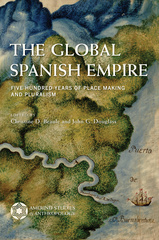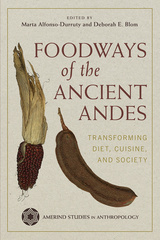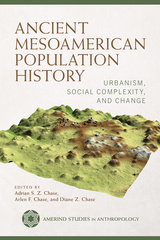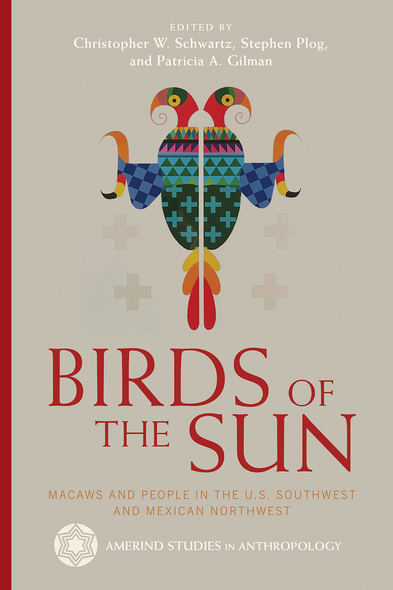
Birds of the Sun
Macaws and People in the U.S. Southwest and Mexican Northwest
Scarlet macaws are native to tropical forests ranging from the Gulf Coast and southern regions of Mexico to Bolivia, but they are present at numerous archaeological sites in the U.S. Southwest and Mexican Northwest. Although these birds have been noted and marveled at through the decades, new syntheses of early excavations, new analytical methods, and new approaches to understanding the past now allow us to explore the significance and distribution of scarlet macaws to a degree that was previously impossible.
Birds of the Sun explores the many aspects of macaws, especially scarlet macaws, that have made them important to Native peoples living in this region for thousands of years. Leading experts discuss the significance of these birds, including perspectives from a Zuni author, a cultural anthropologist specializing in historic Pueblo societies, and archaeologists who have studied pre-Hispanic societies in Mesoamerica and the U.S. Southwest and Mexican Northwest. Chapters examine the highly variable distribution and frequency of macaws in the past, their presence on rock art and kiva murals, the human experience of living with and transporting macaws, macaw biology and life history, and what skeletal remains suggest about the health of macaws in the past. Experts provide an extensive, region-by-region analysis, from early to late periods, of what we know about the presence, health, and depositional contexts of macaws and parrots, with specific case studies from the Hohokam, Chaco, Mimbres, Mogollon Highlands, Northern Sinagua, and Casas Grandes regions, where these birds are most abundant.
The expertise offered in this stunning new volume, which includes eight full color pages, will lay the groundwork for future research for years to come.
Contributors
Katelyn J. Bishop
Patricia L. Crown
Samantha Fladd
Randee Fladeboe
Patricia A. Gilman
Thomas K. Harper
Michelle Hegmon
Douglas J. Kennett
Patrick D. Lyons
Charmion R. McKusick
Ben A. Nelson
Stephen Plog
José Luis Punzo Díaz
Polly Schaafsma
Christopher W. Schwartz
Octavius Seowtewa
Christine R. Szuter
Kelley L. M. Taylor
Michael E. Whalen
Peter M. Whiteley
This book will contribute to SW/NW archaeology and anthropology for decades, and it should be on the bookshelves of anyone interested in this region or who enjoys birds.'―Kiva
'The editors and contributors have put forward an extraordinary, beautiful, and cohesive book that belongs on the shelves of all SW/NW archaeologists. They have helped establish firm ground from which future research and researchers can spring. This book was well worth the wait, and I know I will return to it again and again.'―Journal of Anthropological Research
‘This volume offers the definitive statement on psittacine birds (macaws and parrots) across the U.S. Southwest/Mexican Northwest and throughout time. Any researcher interested in religion, interregional interaction, exchange, or the roles of animals in human societies will find great value in its thorough presentation of data and breadth of interpretations.’―Matthew Pailes, co-editor of Borderlands Histories: Ethnographic Observations and Archaeological Interpretations
Stephen Plog is David Harrison Professor of Archaeology Emeritus in the Department of Anthropology at the University of Virginia.
Patricia A. Gilman is retired from the Department of Anthropology at the University of Oklahoma.

